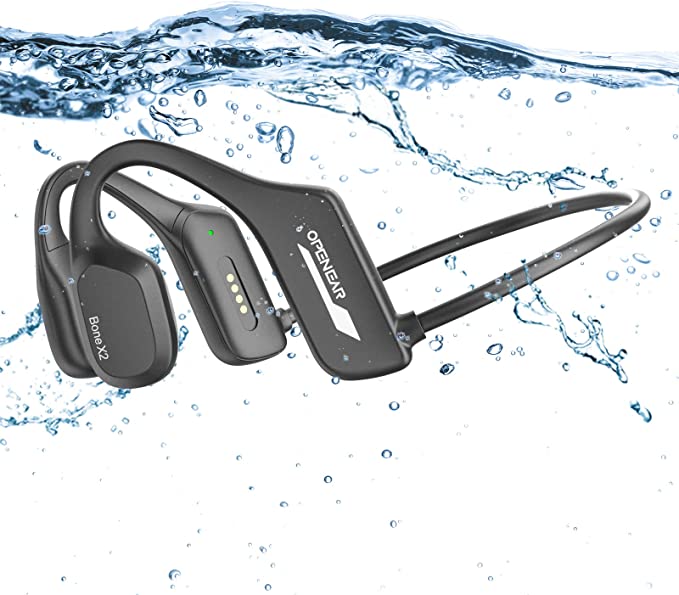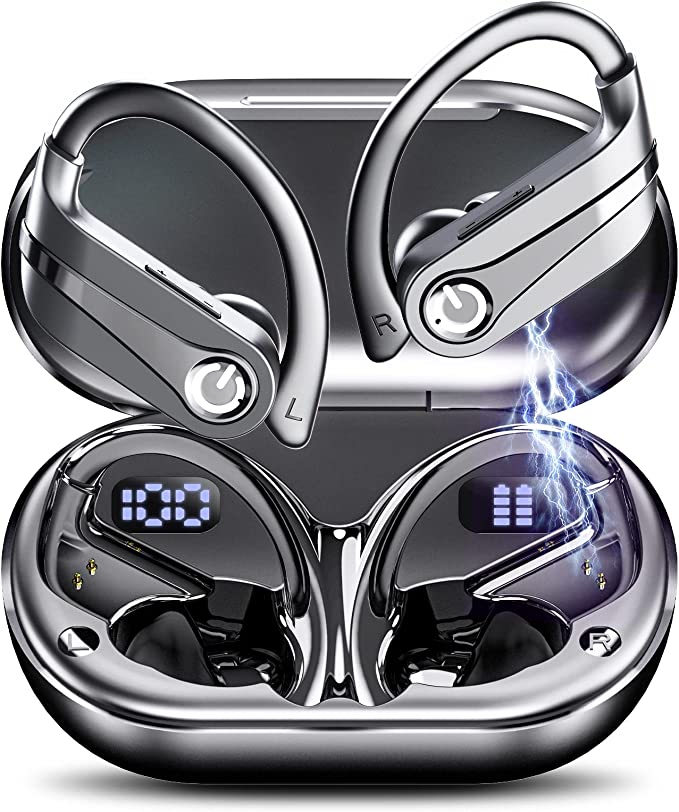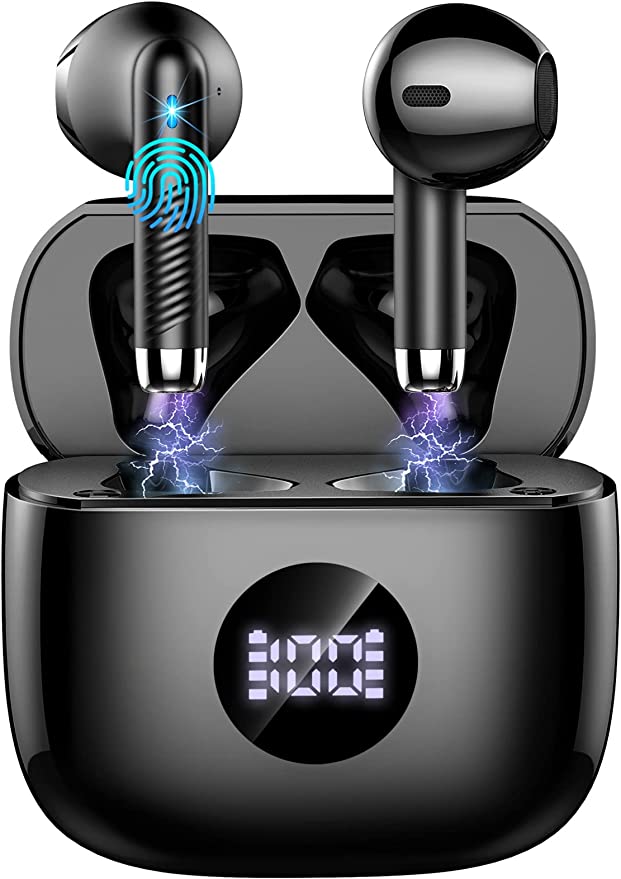There’s a unique, almost primal satisfaction in truly hearing music – not just as a background hum, but as an immersive experience that stirs the soul. It’s a quest that has captivated humanity for centuries: to capture and reproduce sound with such fidelity that the listener is transported to the very moment of its creation. In the realm of high-fidelity audio, the name Technics resonates with a decades-long dedication to this pursuit, a relentless chase of the “original sound.” Their EAH-TZ700 in-ear monitors (IEMs) represent a modern pinnacle of this philosophy, a miniature marvel promising a universe of sound. But what intricate science and engineering alchemy lie beneath their polished surfaces, allowing such a compact form to deliver such expansive, audiophile-grade listening?
For Technics, a brand established in 1965, the journey has always been about forging that “magical and emotional relationship between people and music.” This isn’t just marketing speak; it’s a guiding principle that has driven their innovations from legendary turntables to cutting-edge digital audio. The EAH-TZ700, then, isn’t merely a product but an inheritor of this rich legacy, designed to bring you, the listener, as close as possible to the artist’s original intent. Let’s peel back the layers and explore the meticulous engineering that makes this possible.

The Heartbeat – Engineering the Soul of Sound
The story of any great earphone begins, and largely unfolds, with its driver. This is the engine, the transducer that breathes life into electrical signals, transforming them into the nuanced waves that dance upon our eardrums. Dynamic drivers, the most common type, have a storied history, evolving from the early 20th-century concepts of Rice and Kellogg into the sophisticated micro-machines of today. The EAH-TZ700, however, doesn’t just use any dynamic driver; it features a 10mm unit that is a product of intensive research and development.
At its core is an “original diaphragm,” a mere 5-microns thick and crafted from a special high-strength aluminum. This isn’t just about being thin; it’s about achieving a delicate balance between lightness for rapid response and rigidity to resist unwanted flexing, which is a major source of distortion. The true ingenuity, however, lies in its “free-edge” construction. Imagine the diaphragm not as a simple, stiff cone, but as a sophisticated piston whose outermost edge is made of a supple, flexible material. This design allows the central, rigid portion of the diaphragm to move with a more uniform, piston-like motion across a remarkably wide range of frequencies. Think of a world-class sprinter: their power comes from a rigid core, but their explosive movement and grace are enabled by flexible joints. Similarly, the free-edge diaphragm delivers sound with incredible precision and reduced distortion, laying the foundation for that “unparalleled wide-bandwidth design” Technics speaks of.
But even the most refined diaphragm needs an exceptional control system. This is where Magnetic Fluid Technology steps into the spotlight, acting as an unseen conductor orchestrating the driver’s every move. What is this “space-age goo”? Magnetic fluid, or ferrofluid, is a remarkable substance – a liquid carrier infused with nano-scale magnetic particles. In the EAH-TZ700’s driver, this fluid is strategically employed within the voice coil gap. Its role is multi-faceted and profoundly impactful.
Firstly, it provides hyper-responsive damping. The voice coil, as it rapidly moves within the magnetic field to create sound, can be prone to overshooting or unwanted oscillations, especially with complex, fast-paced music. The magnetic fluid, whose viscosity can be influenced by the magnetic field, acts like an intelligent, adaptive suspension system for the voice coil. Picture an F1 car’s advanced suspension navigating a twisting track at breathtaking speed – it adjusts in microseconds to keep the car stable and responsive. The magnetic fluid does something similar for the diaphragm, ensuring it stops and starts with unerring precision. This dramatically reduces distortion and allows the driver to trace the audio signal with astonishing accuracy.
Secondly, the fluid helps to perfectly center the voice coil within the magnetic gap, ensuring consistent performance. It also aids in thermal stability by helping to dissipate heat generated by the voice coil, which can otherwise affect performance during long listening sessions or at high volumes. The audible result of this meticulous control is what Technics describes as “distortion-free highs and mids, and deep, rich bass.” It’s the science that allows listeners, as one user (CJA) noted, to perceive details that “appear more out of thin air,” a testament to the driver’s ability to render the subtlest nuances without coloration. This level of control is also a key enabler for achieving an incredibly wide frequency response, which users have anecdotally reported as extending from a subterranean 3 Hz to an ethereal 100 kHz, capturing the full emotional spectrum of music.

The Breath of Music – Mastering Acoustic Architecture
Creating a superb driver is only half the battle. The enclosure it resides in, especially one as compact as an IEM, plays an equally critical role in shaping the final sound. The physics of sound in small, enclosed spaces present unique challenges: air pressure fluctuations can become chaotic, and internal reflections can lead to standing waves and unwanted resonances, coloring the sound in undesirable ways. It’s like trying to have a clear conversation in a tiny, oddly shaped room – a recipe for muddiness and acoustic confusion.
Technics addresses this with a proprietary solution: the Air Control Chamber. This isn’t merely an empty void behind the driver; it’s a precisely engineered acoustic pathway designed to meticulously manage the airflow and pressure generated by the diaphragm’s movement. Think of the carefully sculpted body of a Stradivarius violin or the strategically placed acoustic panels in a world-class recording studio. These are not arbitrary design choices; they are critical for controlling resonances and shaping the instrument’s or room’s unique sonic character.
The Air Control Chamber in the EAH-TZ700 functions on similar principles. By precisely controlling the internal airflow and optimizing the acoustic impedance – essentially, the “resistance” the air presents to the driver – it allows for a more balanced and linear output across the entire frequency spectrum. It prevents the acoustic equivalent of traffic jams or sonic bottlenecks within the earphone housing. The outcome is a remarkably open and natural soundstage, where, as Technics puts it, there’s a “perfect balance among frequency bandwidths.” This means bass notes are deep and controlled without overwhelming the delicate midrange, and high frequencies sparkle with clarity without sounding harsh or sibilant. It helps create that “stunning audio quality and strength,” allowing each instrument and vocal to occupy its own distinct space within a cohesive and immersive sonic landscape, transforming potential congestion into expansive clarity.

The Silent Sentinels – The Science of Stillness in Material Form
In the pursuit of pure audio reproduction, vibration is the arch-nemesis. Any unwanted resonance or vibration within the earphone’s structure itself can interfere with the sound waves generated by the driver, smearing details, adding coloration, or generally degrading the listening experience. It’s like trying to appreciate a delicate painting while the canvas is constantly shaking. Therefore, the choice of materials and the structural design of the housing are paramount.
Technics employs a dual-pronged strategy in the EAH-TZ700, leveraging the distinct acoustic properties of two advanced materials: titanium and magnesium. The driver unit itself is held securely within a housing made of lightweight, high-strength titanium. Why titanium? This remarkable metal boasts an exceptional stiffness-to-weight ratio and excellent acoustic inertness. Its rigidity ensures that the driver is anchored immovably, preventing the driver’s own vibrational energy from causing the immediate support structure to resonate. This means the diaphragm’s energy is channeled almost exclusively into producing sound waves, not into shaking its own cradle.
The main body of the EAH-TZ700, which encases this titanium driver assembly, is precision-crafted from magnesium diecast. Magnesium is prized in high-performance audio and other precision engineering fields for its superb vibration damping capabilities. Unlike materials that might “ring” or resonate, magnesium has an inherent ability to absorb and dissipate vibrational energy quickly and effectively, converting it into minute amounts of heat. It acts as a silent guardian, preventing any external vibrations or residual resonances from the driver assembly from coloring the sound.
The synergy of these two materials is a masterstroke of acoustic engineering. Titanium provides the unyielding foundation for precise sound generation, while magnesium ensures the surrounding structure remains acoustically “dead,” or neutral. This meticulous material science, combined with what is undoubtedly precision manufacturing – often implied by the “Made in Japan” origin and the “knurled gold-plated MMCX connector terminals worthy of quality jewelry” – contributes significantly to the purity and clarity of the sound. It allows the EAH-TZ700 to deliver an uncolored, transparent audio signal, letting the music itself, in its most intricate detail, take center stage.
The Final Mile – Connections, Comfort, and the Complete Experience
An audiophile IEM is more than just its core acoustic components; the supporting cast plays a vital role in delivering the complete high-fidelity experience. This includes the way the signal reaches the drivers and how the earphones interface with the listener’s ears.
The EAH-TZ700 features detachable cables terminating in industry-standard MMCX connectors. These are not just a convenience; they offer the audiophile the freedom to experiment with different cable materials or replace a damaged cable without discarding the entire earphone. The gold plating on these connectors isn’t merely for show; gold is an excellent conductor and highly resistant to corrosion, ensuring a clean and durable signal path over time. Technics thoughtfully includes two types of cables: a standard unbalanced cable (likely with a 3.5mm plug) for widespread compatibility, and a balanced cable. For users with audio players or amplifiers equipped with balanced outputs (often 2.5mm or 4.4mm Pentaconn), a balanced connection can offer tangible sonic benefits. By providing separate signal paths and grounds for the left and right channels, balanced audio can significantly reduce crosstalk between channels and improve immunity to electromagnetic interference, often resulting in a cleaner background, better stereo imaging, and a perceived increase in dynamic range.
No less important is the physical interface with the ear: the ear tips. A proper in-ear seal is absolutely crucial for optimal acoustic performance. It affects not only the perceived bass response – a poor seal can make even the best IEMs sound thin and anemic – but also the level of passive noise isolation from the outside world. Recognizing the diversity of human ear canal anatomy, Technics provides a generous selection of ear pieces: both round and the often more ergonomic oval shapes, each in four different sizes (typically small, medium, large, and extra-large). This comprehensive offering greatly increases the chances of achieving that “custom, comfortable fit” that is essential for both prolonged listening enjoyment and unlocking the full sonic potential of the EAH-TZ700. This careful attention to ergonomics ensures that the meticulously engineered sound is delivered to the eardrum with maximum fidelity.

The Sum of the Parts, The Soul of the Music
The Technics EAH-TZ700 is a compelling illustration of how numerous threads of scientific innovation and engineering precision can be woven together to create an experience that transcends mere technical specifications. The magnetic fluid driver’s ultra-low distortion and rapid transient response, the Air Control Chamber’s acoustic balancing act, the housing’s strategic use of titanium and magnesium for vibrational control, and the thoughtful approach to connectivity and ergonomics – each element plays a crucial part in the final sonic tapestry.
This is where the science serves the art. The goal, as Technics has stated since its inception, is to provide an “ultimate emotive musical experience.” It’s about more than just hearing notes; it’s about feeling the texture of a cello bow on strings, the subtle decay of a piano chord in a silent hall, the raw energy of a live rock performance, or the intricate layering of a complex electronic soundscape. When users like Zon Shopper describe the sound as “expansive and amazing,” or when CJA notes how “instruments and vocals have more space between them,” these are subjective echoes of the objective engineering at play – the low distortion allowing for clarity, the controlled airflow and wide bandwidth contributing to an open soundstage.
In an audio landscape that is constantly evolving, the Technics EAH-TZ700 stands as a testament to an unwavering dedication to acoustic fundamentals, refined through decades of research and a profound understanding of what it takes to connect listeners to the heart of music. It is a sophisticated instrument, designed not just to reproduce sound, but to reveal its soul, inviting us to listen more deeply, more intently, and to rediscover the magic woven into our most cherished recordings. The alchemist’s touch, in this case, transforms engineering precision into pure auditory gold.



